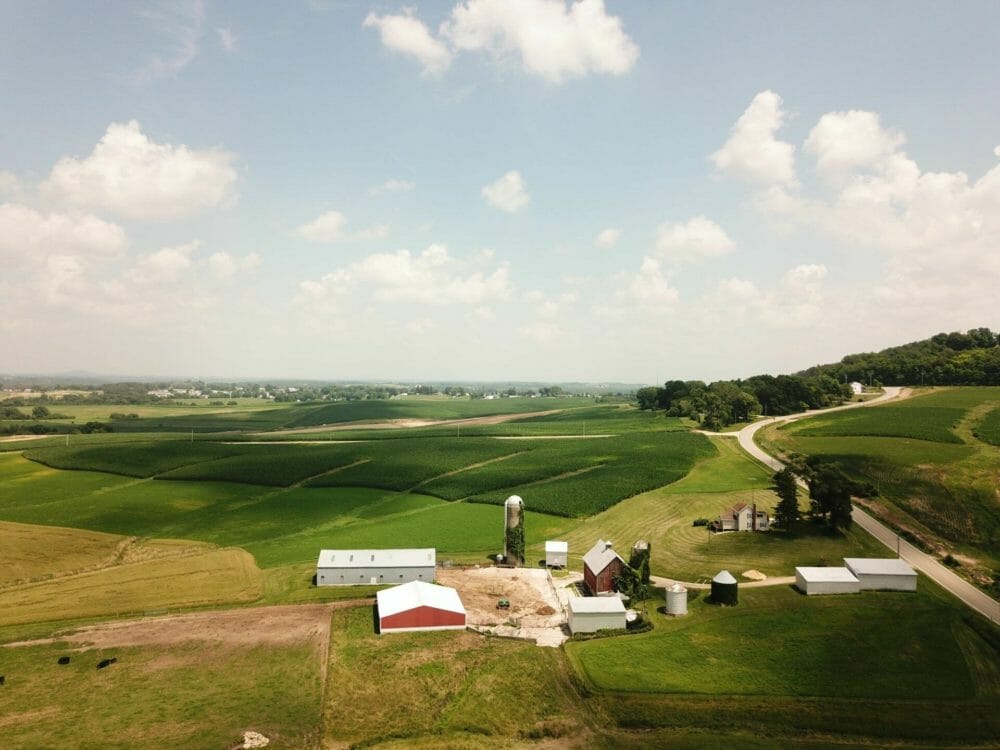There are many different technologies being offered to farmers to tackle everything from more efficient input use, different categories of inputs, new sensors to monitor conditions, robotics, and alternative marketplaces. But these innovations are only as good as farmers’ willingness to adopt them en masse.
“Over the course of their careers, farmers shoulder much of the risk associated with producing food for the world,” Dan Cosgrove, CEO of Growers Edge, tells AFN. “When technology has a clear return on investment, adoption can be quick. Unfortunately, some of the benefits of new technologies being brought to agriculture may not be attractive or seem beneficial to a farmer at first glance. Artificial intelligence is one example. A financial incentive would be useful to spur the adoption of these tools.”
In this vein, Growers Edge and Arva Intelligence have announced a new partnership aimed at improving adoption rates among farmers by offering data-backed ways to remove the financial risk of deploying new technologies. Arva is an agtech company that uses data-powered technology to help farmers optimize their operations while Growers Edge offers fintech products to help growers derive more profit from the tools available in today’s market.
The partners will jointly create a proprietary ag input warranty program for growers in the Arva network. The effort begins with pilots at five farms throughout the US as well as the Arva Research Farm. Data from the pilots will be used to create a product warranty for select crop inputs and technologies. Arva’s machine learning platform, ArvaPY, and Growers Edge’s artificial intelligence program, Growers Analytic Prediction System (GAPS) will be used throughout the pilots.
The warranty program will provide farmers with a specific set of agronomic practices. If the farmer follows the practices provided through the Arva platform, then they receive a money-backed warranty from Growers Edge that the products will perform as assured.
The offering will also help farmers obtain peace of mind when trying new tech-driven practices. The adoption barrier isn’t always simply about the financial aspects of trying something new; it can also be about the fear of losing an entire growing season. The old adage, “If it ain’t broke, don’t fix it” can be a common mindset among farmers who are on the fence about technology adoption.
“Being a grower myself, it’s tough to change or try something new when there is a sense of comfort. This strategic engagement allows us to not only test theories at scale, but also run scenarios to help both of our customers (growers and advisors) feel more comfortable when it comes to engagement of new ideas,” Matt Rohlik, Arva’s managing director of farms and strategic partnerships, told AFN.
In his view, farmers’ interest in precision ag is divided into four categories: the top 1-2% who will try anything, 10-15% who are not as bullish but still cutting edge, the 45-55% who will adopt once the product is proven, and the remainder being the most skeptical. Rohlik hopes the new offering will turn some of the skeptical producers into more bullish adopters.
“I truly see this program being the benchmark for any new technology, period. If a new recommendation, product, solution, or idea is coming to the market, this combined solution GEF and Arva are working on will set the precedence moving forward. Once testing is complete, this may be the only avenue for companies to address the market with confidence when selling their product, solution, or idea, adds Rohlik.
A number of outlets are trying to crack the adoption roadblock. Grower’s Insight is a startup dedicated to helping existing ag companies identify areas in their operations where tech could be most helpful. It starts with a 15-minute survey and involves a multi-day inventory of the operation if the party is interested in proceeding.
“While there are some similar products out there, we believe ours is best for the farmer. Other companies might be providing a separate product, like an extended warranty, or something embedded in another’s product as a combined offer,” Cosgrove says.




